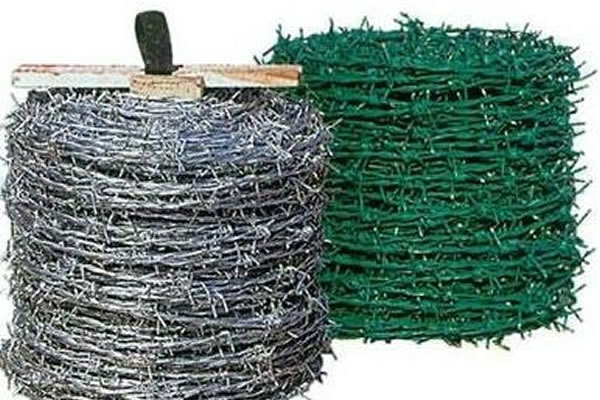 TEL:
+86-13102802206
TEL:
+86-13102802206
 Email:
fencenetting@china.com
Email:
fencenetting@china.com
 Language
Language
 TEL:
+86-13102802206
TEL:
+86-13102802206
 Email:
fencenetting@china.com
Email:
fencenetting@china.com
 Language
Language


Grounding Temporary Electric Fences A Comprehensive Guide
Electric fences have become a popular choice for various applications, including agriculture, livestock management, and security. One crucial aspect of setting up an effective electric fence is proper grounding. Grounding is vital for the fence's operation, ensuring that the electrical current flows properly through the system. This article will explore the importance of grounding temporary electric fences, how to achieve effective grounding, and key considerations for installation.
Why Grounding is Important
Grounding provides a return path for the electric current that the fence energizes. When an animal or intruder touches the electrified wire, the current must have a return path to allow the shock to be delivered effectively. Without proper grounding, the shock may be weak or ineffective, making the electric fence less deterrent. Additionally, improper grounding can lead to inconsistent performance, potentially causing safety hazards for both animals and humans.
Understanding Temporary Electric Fences
Temporary electric fences are often used in rotational grazing, farming, or crowd control for events. These fences are typically lightweight, portable, and easy to install and remove, which allows for flexibility in managing livestock or securing zones. However, they still require effective grounding to function correctly.
How to Ground a Temporary Electric Fence
1. Select the Right Grounding Rods The type and length of grounding rods significantly affect the grounding system's efficiency. Copper or galvanized steel grounding rods are commonly used. Aim for at least three to four feet of rod length, as deeper rods improve conductivity.
2. Placement of Grounding Rods Position the grounding rods as close to the energizer as possible, ideally within 10-20 feet. This minimizes resistance and allows the system to operate optimally. If you're installing multiple grounding rods, space them at least 10 feet apart for better efficiency.

3. Installation Process Using a hammer or ground rod driver, drive the grounding rods deep into the earth. Ideally, it should be driven into moist soil or areas that retain water, as this improves conductivity. Ensure that about a foot of the rod remains exposed to attach the grounding wire.
4. Connect the Grounding Wires Use heavy-gauge wire to connect the grounding rods to the fence energizer's ground terminal. Ensure the connections are secure, as loose connections can result in ineffective grounding.
5. Test the System After installation, use a voltmeter to check the effectiveness of the grounding system. A proper ground should provide a reading of less than 1000 ohms, indicating that the electric current can return efficiently.
Key Considerations
- Soil Conditions Grounding effectiveness largely depends on soil conditions. Dry or sandy soils have higher resistance compared to moist, loamy soils, which can significantly affect the effectiveness of the grounding system. - Seasonal Changes Keep in mind that soil moisture levels can fluctuate seasonally. During dry periods, consider additional measures, such as watering around the grounding rods or using longer rods, to ensure proper grounding.
- Safety Measures Always prioritize safety when working with electric fences. Ensure that the system meets local regulations and is installed away from children and domestic pets to prevent accidental shocks.
Conclusion
Grounding temporary electric fences is a vital component that greatly influences their effectiveness. By understanding the importance of proper grounding, selecting suitable materials, and following best practices for installation, users can ensure their electric fences operate efficiently and safely. Properly grounded fences provide a reliable means of managing livestock and securing properties, making them an invaluable asset in various settings.